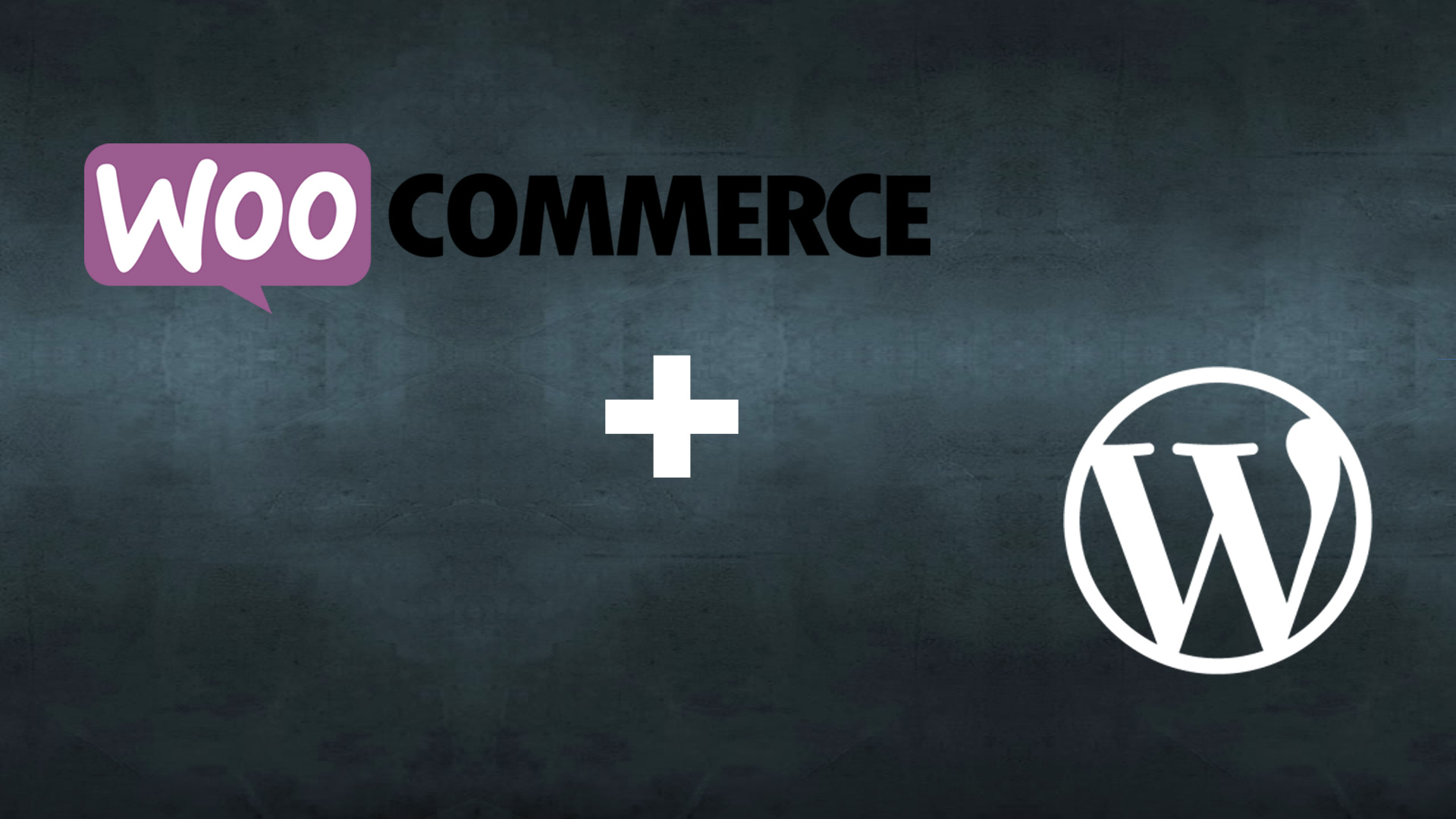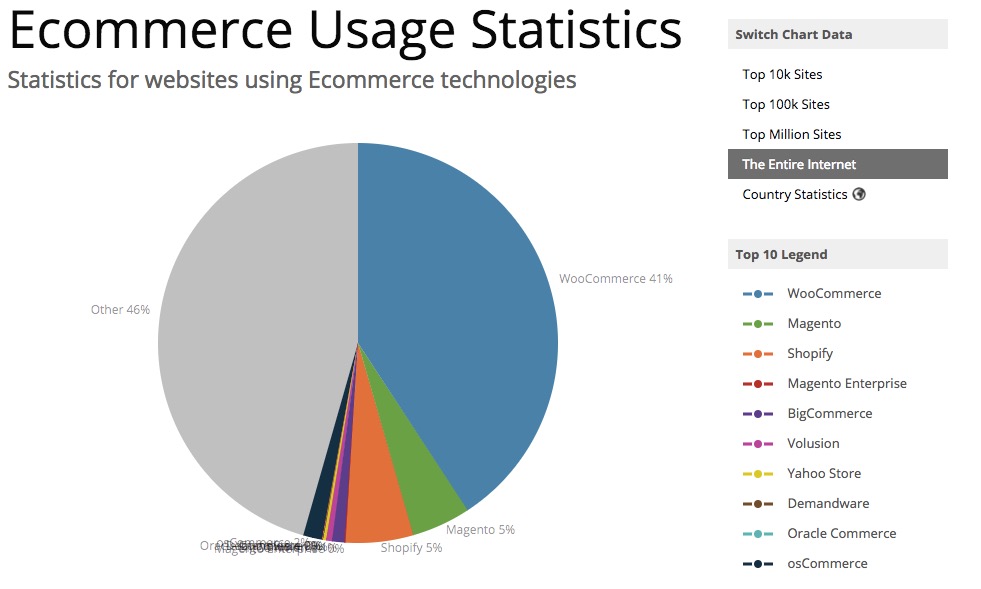Stripe Gateway 4.0 Released For WooCommerce
The folks at Automattic announced today that the latest version of Stripe for WooCommerce is available for download. If you have a monthly maintenance agreement with us, we will be updating this in your account within the next week. Let’s take a look at what has changed and what is new.
What is New?
As you probably already know, Stripe is a popular payment service provider for eCommerce stores worldwide, and is our payment processor of choice here at Bluehive Interactive for our WooCommerce customer websites. The new version shipped a major release with a multitude of new features to enhance your experience of working with WooCommerce and Stripe.
- Fully PCI compliant credit card form on your checkout
- Payment acceptance using European and other non-U.S. payment gateways
- Improved support for Apple Pay and the Web Payment Requests API
- Simpler way to connect your WooCommerce store to Stripe
PCI Compliant
We are most excited to learn that the checkout process with Strip is now fully PCI compliant! They made some changes to integrate the new “Elements” technology from Stripe into the WooCommerce gateway. The look of the checkout credit card fields may look slightly different, but we think this is a great thing and believe you’ll agree!
The new payment section creates and displays the credit card form entirely via Stripe. This means the credit card form is fully PCI compliant, and the credit card information is sent directly to Stripe, without interacting with your store.
European and other Non-US Payment Gateways
The European markets long have had region specific payment gateways. This often meant installing multiple payment gateways within WooCommerce. Stripe has recently launched a new functionality called “Sources“. This adds the ability to accept multiple payment methods through the Stripe payment gateway – Apple Pay, Bitcoin, and a new selection of European and other non-U.S. payment gateways.
Full details can be read in the Stripe for WooCommerce documentation on the WooCommerce Docs website.






